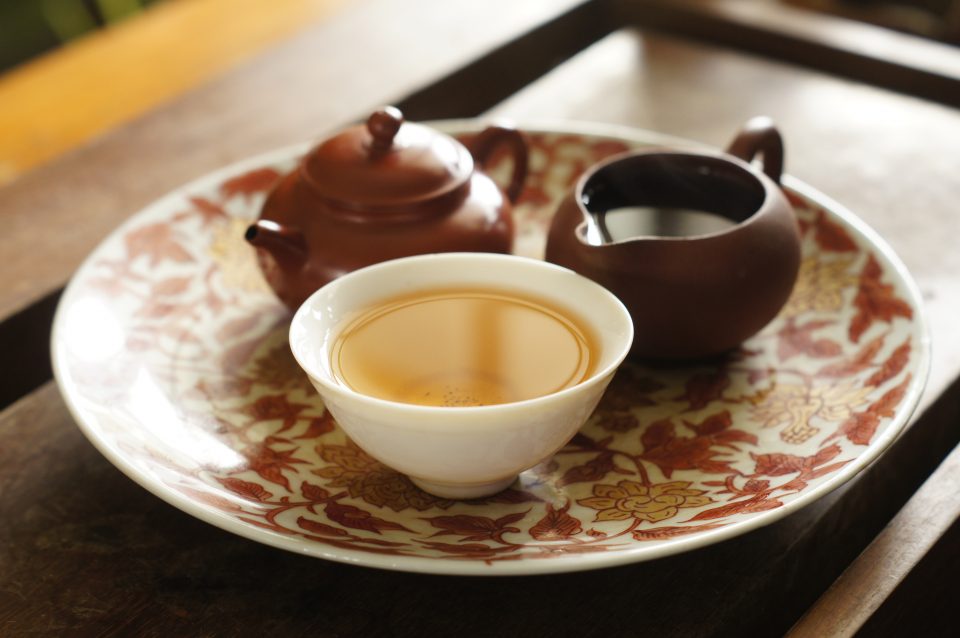What kind of drinks do you order when you go to the café? Surely most of you will say coffee.
The emerging business of coffee shops in Indonesia has become a phenomenon in recent years, thus, making an increase in the consumption of coffee in Indonesia.
According to Statista, coffee consumption reached up to 60kg bags in 2018/2019. With the volume of coffee production up to 761,000 metric tonnes. Surely, the number of cafes or coffee shops in Indonesia is also increasing. In recent years, many local brands started to sell coffee with many variants, making it popular and a go-to favourite for the youth.
The variants of coffee include Kopi Susu (coffee with milk) which’s usually sweeter than original coffees, then coffee with flavourings such as lotus biscoff, hazelnut, gula merah or brown sugar coffees, and many more.
According to research by Toffin, the number of coffee shops in Indonesia reached up to 2,950 outlets by August 2019. With an average price of Rp22,500 per cup, it is estimated that the market value of coffee shops might reach up to Rp4.8 trillion per year. The 2019 Indonesian Coffee Consumption Annual Data released by the Global Agricultural Information Network also shows that the Coffee Domestic Consumption in Indonesia has increased for around 13.9 percent in 2019/2020, reaching nearly 258,000 tons.
We can see that drinking coffee has become some kind of lifestyle, at least in Indonesia. Not only coffee lovers, but some people also go to coffee shops because of its cosy atmosphere, or some even go to cafes to take a lot of pictures to upload on Instagram.
However, how about tea? Where are all the tea lovers? Isn’t tea healthier than coffee? Many people still underestimate teas and its benefits for our bodies and minds.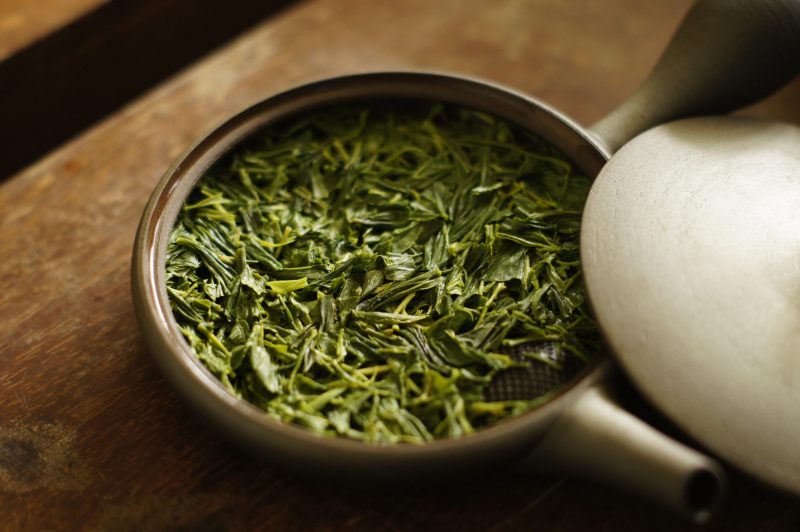

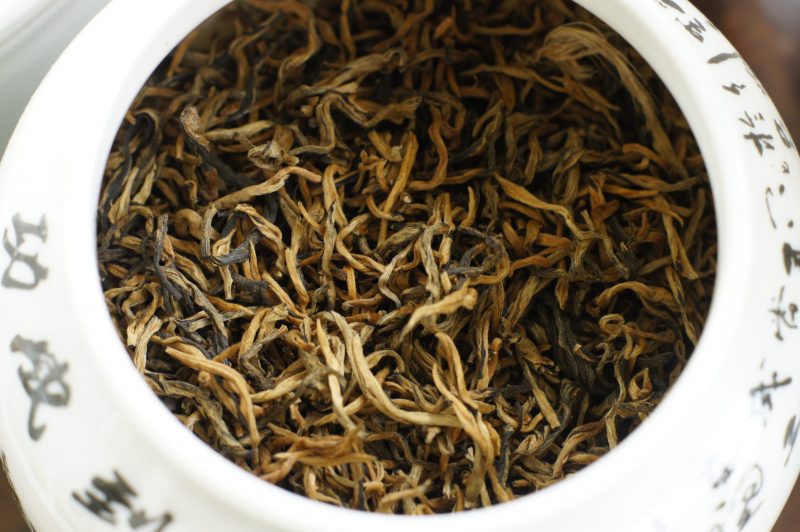

There are different types of teas in the world, ranging from white tea, green tea, oolong, and black tea. Surely through decades or even era, the evolution of tea is inexorable.
According to the book “Diary of a Tea Drinker” written by Otniel Giovanni, a 27-year-old tea educator, the tradition of tea drinking has been present since long ago, which began in China, however, travelled throughout other countries. Until now, several countries are famous for tea production, namely China, Russia, England, and many more. “I wrote ‘Diary of a Tea Drinker’ last year in March and the reason why I wrote the book is to increase the awareness of tea in Indonesia. Until now, the public has their view about tea without knowing what tea actually is,” said Otniel.
Surely, there is an art in the process of making the tea itself. It grows from a tree, then gets handpicked by the experts, processed, and brewed slowly to the finest result. It requires calmness and patience to produce the finest and real cup of tea.
“Tea is a daily necessity, you can see people drink all kinds of tea products everywhere, and whenever they desire it. Personally, good quality tea is as important as good quality food as we consume it for both our health and enjoyment. Emotionally, through tea, we can learn to tolerate differences as each of them is unique and it also helps me to slow down and to relax,” Otniel added.
Brewing the tea itself has a lot of styles. The western style can be classified as a simple brewing method that does not require many appliances or tools in doing so. And the more complicated one, the Gong Fu style, which requires more appliances and steps. Other styles include Taiwanese and Sencha Do, an adaptation of the Gong Fu style in Japan. According to Othniel, each country has its own style of production.
“For example, the production of Japanese green tea and Indonesia Indonesian green tea is different too, that’s why we have to compare the tea case by case. The way the tea is planted, harvested, processed, and served in Japan is different than in Indonesia. For example, to produce Matcha or Gyokuro, the farmers would cover their tea plantation with darknets so that the tea plants won’t receive much sunlight, causing the plants to produce more amino acid and chlorophylls that gives the tea its intense and rich umami flavour as well as the dark green coloured leaves. This system is not completely available or hard to duplicate in Indonesia because we have a different climate, technology, and even demand for such taste compared to Japan,” Othniel explained.
Thus, how about Indonesia? It comes to mind, what is the best or most consumed tea in Indonesia? There are already too many bottled teas or instant teas, which kills the real art of brewing the tea. In fact, according to Indonesia Investment‘s research in 2016, Indonesia was ranked the seventh-largest country in the world of producing tea, however, some tea plantations were transformed into palm oil plantations or other crops, as it is seen more profitable.
Despite that, the tea production seems to be stable, and nearly half of the tea production in Indonesia is exported abroad. However, the lack of finance in Indonesia leads to poor and low-quality appliances, lack of experiment, and cheap labour, thus resulting in a lack of optimisation of products.
Of course, Indonesia Investment’s study stated that the domestic consumption of tea in Indonesia has risen over the years, but it still accounts as low per capita concerning the emerging coffee consumption lifestyle.
Hence, maybe this is because the history and myths, or the way tea is produced, show a lack of awareness in the eye of the public. The beautiful art rest within your sip of tea is hidden somehow. “There are a lot of misconceptions and misinformation about tea, the use of tea, the health side of tea, and many more. So, I am using this book as a medium to convey some facts and to clarify some myths regarding tea, as well as to introduce single-origin teas and its kinds to the public,” Othniel explained.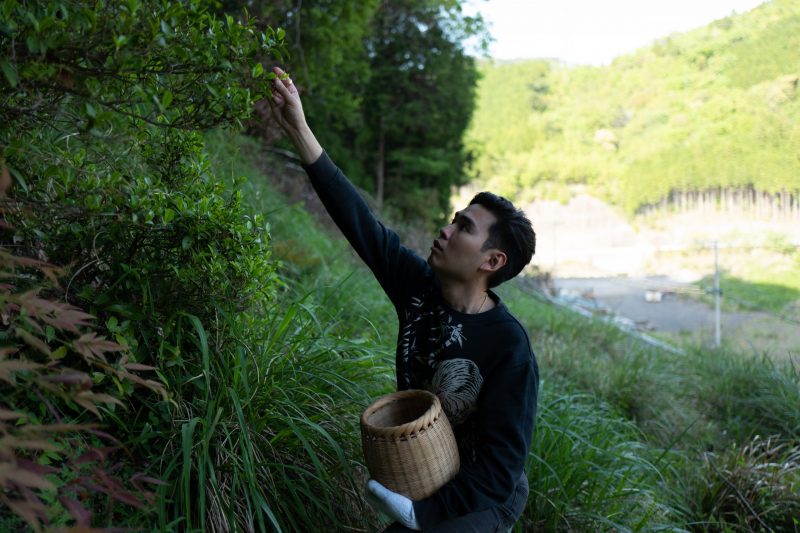

The solution to this is then to do more on what Otniel is doing; spreading awareness of the benefits of tea and the art of making it. “There are some tea communities in Jakarta and the members are both expats and Indonesians. I have met several different expats through these tea communities. I am aware that these communities have members from Japan, Russia, Singapore, Malaysia, Taiwan, the US, and more. Currently, I am also forming a community of tea lovers in the Serpong area, so far all of the members are Indonesians however, we would love to have people from different background in the group!” Othniel added.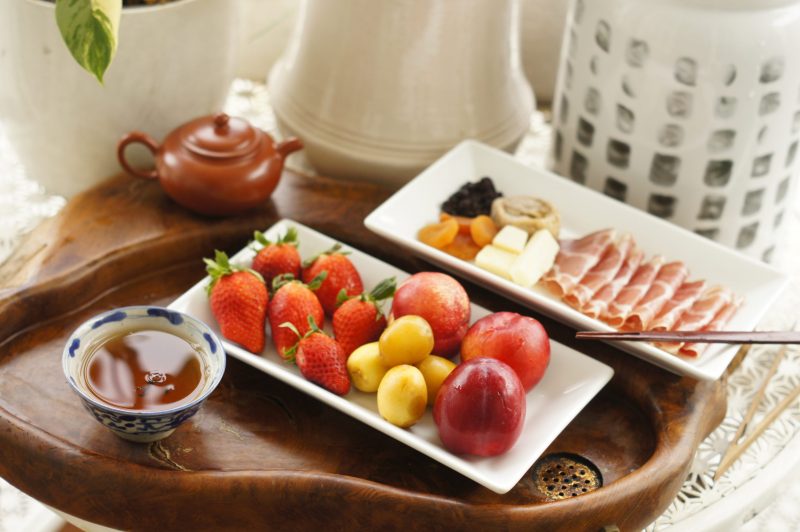

Instagram: @exoteaque
Youtube: Exoteaque Life




